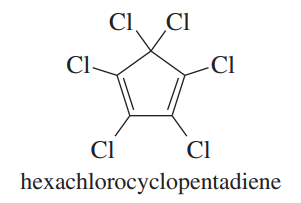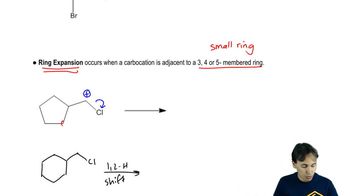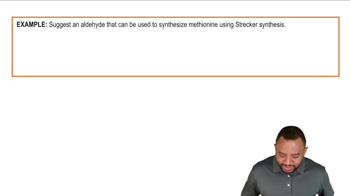Multiple Choice
Which of the following reactions is characteristic of Photosystem I but not Photosystem II in the process of photosynthesis?

 Verified step by step guidance
Verified step by step guidance Verified video answer for a similar problem:
Verified video answer for a similar problem:


 0:29m
0:29mMaster What you need to know about types of chemical reactions. with a bite sized video explanation from Johnny
Start learning